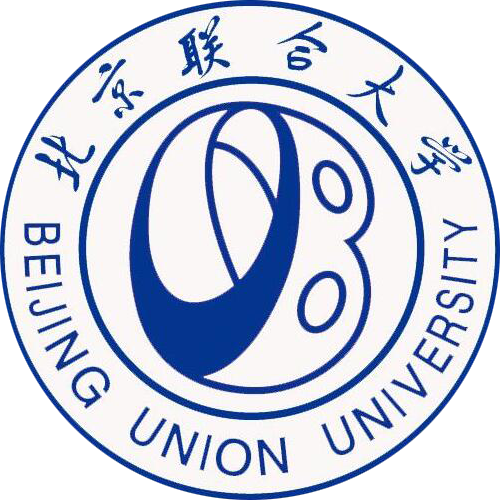详细信息
“灵芝”与“奇葩”:赵萝蕤《荒原》译本艺术管窥
A Study of the Art of Zhao Luorui's Translation of T. S. Eliot's The Waste Land Into Chinese
文献类型:期刊文献
中文题名:“灵芝”与“奇葩”:赵萝蕤《荒原》译本艺术管窥
英文题名:A Study of the Art of Zhao Luorui's Translation of T. S. Eliot's The Waste Land Into Chinese
作者:黄宗英[1];邓中杰[2];姜君[1]
第一作者:黄宗英
机构:[1]北京联合大学应用文理学院;[2]高等教育出版社
第一机构:北京联合大学应用文理学院
年份:2014
卷号:12
期号:3
起止页码:76-83
中文期刊名:北京联合大学学报:人文社会科学版
收录:国家哲学社会科学学术期刊数据库;CSSCI:【CSSCI2014_2016】;
基金:北京市教育委员会社科计划重点项目"爱默生与美国诗歌传统研究"(项目编号:21222991201)
语种:中文
中文关键词:赵萝蕤;《荒原》;直译法
外文关键词:Zhao Luorui; The Waste Land; literal translation
摘要:赵萝蕤先生曾经说,直译法是她从事文学翻译的唯一方法,其理论根据是形式与内容相互统一的原则。虽然内容最终决定形式,但是形式也是内容的一个重要组成部分。赵萝蕤先生认为,在翻译严肃的文学作品时,译者首先必须深刻全面地研究作家及其作品,深入了解作者的思想认识、感情力度、创作目的和特点;其次,必须具备两种语言的较高水平,才能较好地体现作者风格和表达作品内容;第三,必须谦虚谨慎,忘我地向原作学习。通过赵萝蕤先生1936年《荒原》译本手稿与国内出版的几个《荒原》译本之间的比较与分析,本文探讨赵萝蕤先生坚持用直译法翻译严肃的文学作品的理论和实际应用价值。
Professor Zhao Luorui once said that literal translation is the only way she engaged in literary translation. The theory is based on the principle of mutual unity between the form and the content. The content is the progenitor of the form, but the form is an integral part of the content. Zhao Luorui believed that when translating a serious literary work, the translator must first of all have a comprehensive study of the work and a deep understanding of the author's thoughts, feelings, purposes and characteristics. Second, a good command of the two languages will contribute to the ability to reveal the author's style and the content of the work. Third, a translator must be modest and prudent and conscious of forgetting himself or herself in the study of the original. A comparative analysis between Zhao Luorui's 1936 translation of The Waste Land and other Chinese translations of the poem illustrates in this paper Professor Zhao Luorui's theory and its practical value of literal translation in translating serious literay works.
参考文献:
![]() 正在载入数据...
正在载入数据...


